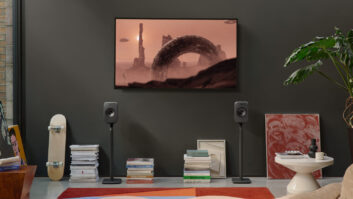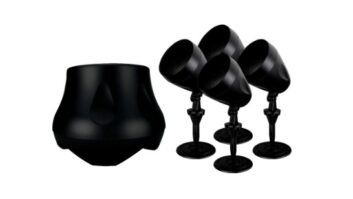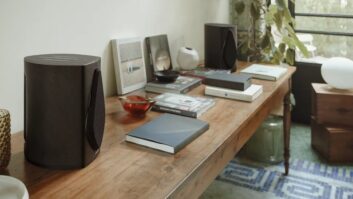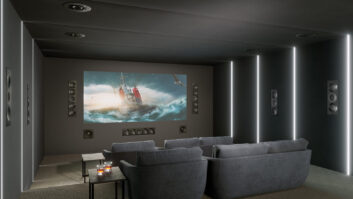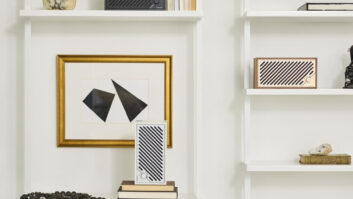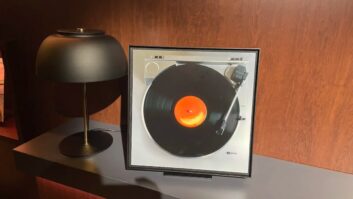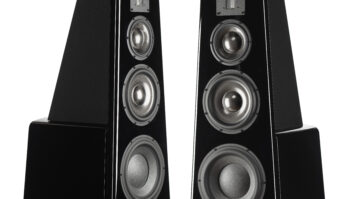Marlboro, N.J. – Speaker maker KEF combined force-canceling side-firing woofers, proprietary coincident tweeter/midrange driver array, and a sculpted cabinet made from a carbon-fiber/balsa-wood composite to create a concept speaker whose entire frequency range is said to radiate from one point in space.
The combination of technologies, called Single Apparent Source technology, was developed over three years to
deliver what the company called “unrivalled coherence throughout the entire frequency range.” The audible result is “an astonishingly convincing soundfield,” the company said.
Although the Concept Blade speaker was designed as a technology statement, the company did not preclude making the high-end tower available to consumers at a later date. No price range was specified.
As a technology statement, the company developed the speaker from the ground up with “no preconceptions, or aesthetic restrictions, and no reliance on existing components.” The company’s R&D department “had complete freedom to explore radical new options,” KEF said.
The company’s front-firing coincident-driver array places a dome tweeter concentrically within the midrange so they both have the same acoustic center, thus reducing distortion and widening the soundfield. Likewise, the two side-firing woofers on each side of the cabinet are arranged so their combined acoustic center coincides with the acoustic center of the front-firing tweeter/midrange array.
In addition, each woofer on one side is mounted back-to-back with a companion woofer on the other side in a force-canceling configuration, which extends bass response and delivers reduced distortion even at high volumes, the company said. The configuration lets the forces of each cone cancel each other out, preventing the cabinet from vibrating and muddying the bass despite the cones’ long excursion and high power handling, KEF said.
The cabinet itself was designed “not to interfere with the purity” of the output of the drivers, the company continued. The curved cabinet uses a carbon-fiber/balsa-wood composite found high-performance cars and adopted for its lightness and rigidity. The cabinet’s parabolic curvature also increases cabinet strength so that sound is generated only from the movement of the drivers and not from the vibration of the cabinet, KEF added.




